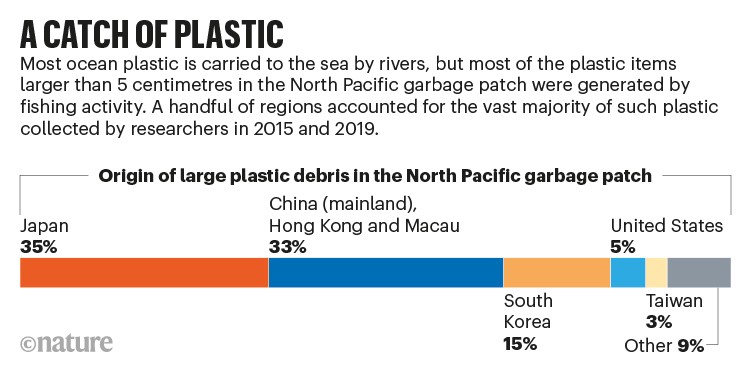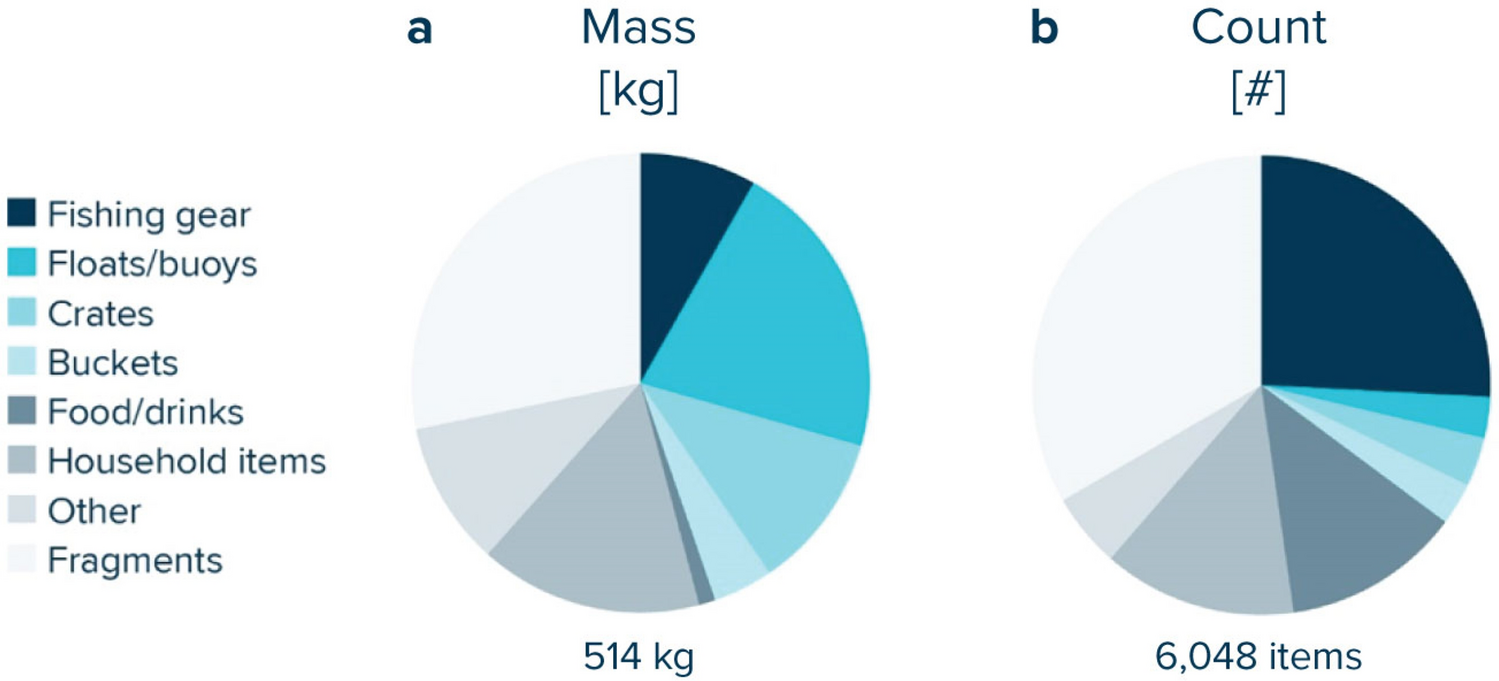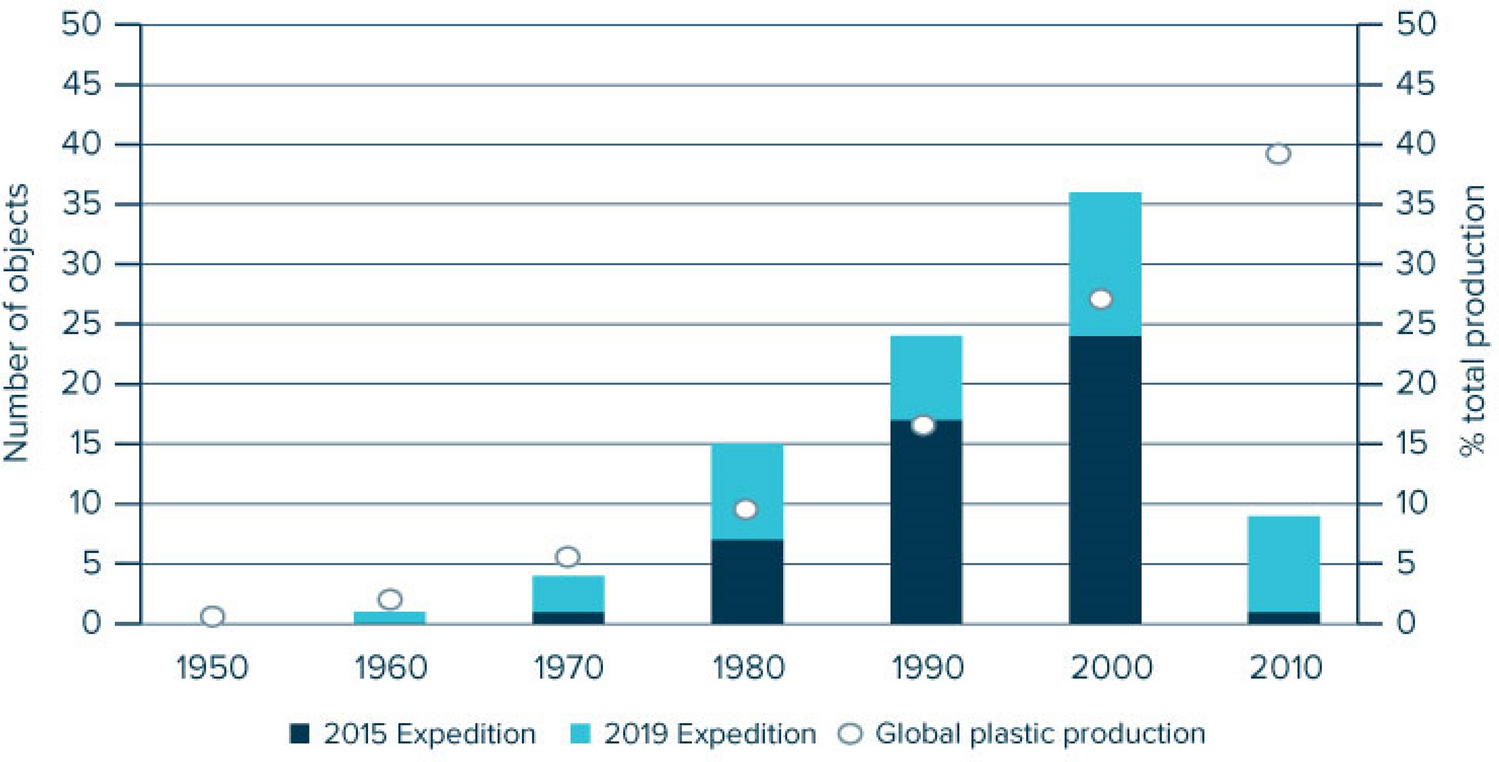MANY people have seen the way a Mimosa pudica plant, also called the touch-me-not, folds its leaves when they are touched. Fewer know that if you put one into a sealed chamber with a dose of anaesthetic, it will eventually stop doing this, as though it has been knocked out or put to sleep.
The anaesthetic needn’t be special. Diethyl ether, an old-school general anaesthetic, works well. Lidocaine, a local anaesthetic favoured by dentists, is also effective when applied at the roots. What’s more, if you attach electrodes to the surface of the leaves at the same time, you will see that the waves of electrical activity that usually spread through the plant’s tissues are suppressed. These effects aren’t confined to Mimosa pudica – all plants are probably susceptible to anaesthesia, it is just that the effects are more dramatic in fast movers like Mimosa plants and Venus flytraps.
Paco Calvo at the University of Murcia in Spain has done this trick several times in front of audiences. It never fails to surprise onlookers, prompting them to ask the very questions he himself is trying to answer. If plants can be “put to sleep”, does this mean they exist in a state of awareness that is shut off by anaesthetics? Might we consider this state to be a kind of sentience, a subjective internal experience? If so, do plants have some form of consciousness? These are controversial ideas, but Calvo and a small group of plant behaviour researchers take them seriously. Their findings so far, though tentative, could disrupt our understanding of consciousness – not to mention our attitudes towards plants.
Plants operate in ways that are difficult for us to perceive, so people have traditionally assumed they aren’t doing very much. But more recently, researchers have found them to possess many sophisticated and surprising abilities. Plants can sense and react to more aspects of their environments than we can, and they maintain bustling social lives by communicating with each other above and below ground. They also interact with other species. Tomato plants, for example, release chemicals that encourage their caterpillar predators to indulge cannibalistic instincts and turn on each other. Bee orchids trick male bees into landing on their flowers by looking and smelling like exotic female bees, then load the duped insects with pollen. Evening primroses can “hear” their pollinators and fire up nectar production when exposed to their specific vibration frequencies. Arabidopsis plants can use the unique wavelength profiles of light reflected off nearby plants to tell relatives from non-relatives.
Some of these capabilities are evolved stock responses to particular situations – simple, hardwired reactions. Other behaviours, though, might be underpinned by some form of cognition. Distinguishing between the two in plants can be tricky. Nevertheless, Calvo and his colleague Miguel Segundo-Ortin at Utrecht University in the Netherlands have identified three crucial factors that provide a litmus test. First, cognitive behaviour is flexible and dynamic, rather than being a repeated, knee-jerk reflex. Second, it is predictive: it indicates that the organism is anticipating changes in the environment. Finally, it is goal-directed: it causes a change in the environment or in the organism.
Under this lens, we can see that a bee orchid tricking a male bee is just passively using the bee-catfishing equipment that has been honed through its evolutionary history. No cognition is needed. But a bean plant climbing up a pole? That might be a different story, says Calvo.
When beans search for a support, they make broad, circular sweeps of their surroundings, growing as they go. As they home in on a pole, some beans will suddenly lunge towards it like a drunken pub-goer taking a swing at someone. It is a rapid, directed change in behaviour. This suggests the plant isn’t simply running a pre-programmed pole-seeking sequence. “It might even indicate that the bean ‘knows’ the pole is there,” says Calvo. We need to know a lot more before we can be sure, however, he adds, and “we must be very careful not to assume too much”.
Calvo believes that the first step in exploring the interior lives of plants is to look closely at their behaviour. He has spent many hours simply sitting and watching his favourite common bean plants (Phaseolus vulgaris) grow. “One way to tune in to plants is to slow down and get closer to their different timescales,” he says.
At the Minimal Intelligence Laboratory (MINT Lab) at the University of Murcia, he and his colleagues take a more high-tech approach. Climbing beans are the star in their time-lapse photography set-ups. The researchers use images taken every minute to capture a plant’s movements while monitoring its internal electrical signalling activity using electrodes and biosensors. These sequences have revealed how beans find supports: one particular plant in the lab lunges for the pole so rapidly that Calvo calls it Usain Bolt. The experiments also show that these behaviours are accompanied by spikes in electrical activity.
This kind of electrical signalling hints at a level of sentience throughout the whole tree of life, says Calvo.
Sentience is the capacity to experience sensations and feelings. The notion that all life possesses it, to a greater or lesser degree, is gaining ground. “Why stop at plants? Bacteria, fungi and slime moulds all do very clever things despite being more rudimentary,” says evolutionary ecologist Ariel Novoplansky at Ben-Gurion University of the Negev, Israel.
The idea that sentience is mediated through electrical activity is generally acknowledged, given how our own brain and nervous system work. Plants don’t have brains, but they produce a lot of electrical activity in their vascular tissues, the main transport system for moving nutrients and water around them, which extends from roots to leaves. They also use many of the signalling molecules seen in animals, such as GABA, acetylcholine and serotonin. So, while certainly not conclusive, these similarities do suggest that plants have the underlying architecture to support sentience.
But Calvo goes further. He believes that the flexible way in which plants grow, influenced by their surroundings and sensory information, indicates that they have unique, subjective experiences. This, together with the electrical signalling, hints that plants possess something that might be thought of as a sort of consciousness.
That may sound absurd, but it fits with a leading conception of consciousness called integrated information theory. In essence, this sees consciousness as the ability to integrate multiple aspects of experience into a whole, irrespective of the system, whether it be a brain, a computer chip – or a plant. The more integration, the greater the level of consciousness.
Can plants learn?
The MINT Lab team hopes to throw some light on how plants process information by adapting tools used to visualise activity in human brains. Purpose-built plant MRI or PET scanners would allow the researchers to map changes inside plant vascular systems and see what they are doing in real time. The primary method currently used to assess levels of consciousness in humans and other mammals is called “zap and zip”. It uses magnetic fields to excite electrically conductive cells and then looks at the resulting activity – the complexity of the pattern giving a relative measure of consciousness. Calvo and his colleagues have suggested that a version of zap and zip adapted for plants might help reveal whether their patterns of electrical activity underlie some kind of sentient experience.
While the MINT Lab is looking at electrical signalling, other plant behaviourists are taking different approaches. These include exploring the possibility that plants have personalities (see “Plant personality“) and looking at how plants learn and remember. A team led by Monica Gagliano at Southern Cross University in Australia, for example, grew pea plants in Y-shaped mazes to see if they could be trained to grow towards a breeze, which seedlings would never do in the wild. When the researchers coupled airflow from a fan with a source of light, they found that the plants learned to grow towards the breeze even when the airflow was presented by itself – much as Pavlov’s dogs learned to associate the sound of a bell with the imminent arrival of food. Although Calvo’s team and others have been unable to replicate these findings, he doesn’t see this as conclusive evidence that plants can’t learn, just that it is difficult to probe the psychology of plants experimentally.
Some are more sceptical. Last year, Jon Mallatt at Washington State University and his colleagues argued that even if plants are capable of Pavlovian learning, the finding is irrelevant because it doesn’t require consciousness. Their paper, titled “Debunking a myth: plant consciousness”, also concluded that the electrical signalling in plants gives no indication of consciousness. “Complex information processing requires reciprocal signalling between cells,” says Mallatt. “But no cellular back talk has yet been found in plants, only one-way signals.”
Other critics see the idea of plant consciousness as little more than semantics. “There is neither evidence nor any scientific requirement for calling these coordinated reactions ‘cognition’ in plants,” says Andreas Draguhn at Heidelberg University in Germany. Mike Blatt at the University of Glasgow, UK, has a similar view. “It’s an interesting philosophical question, but not a very useful one for understanding plants, as everything they do can be explained physiologically,” he says.
Some researchers are open to the idea that plants have basic sentience, but have some reservations about going beyond that based on current evidence. “We know plants are aware of their environment and of themselves and each other. We don’t know if they are conscious,” says Elizabeth Van Volkenburgh at the University of Washington. She suggests that philosophers and plant biologists should collaborate to agree a protocol to test the capabilities of plants.
Calvo welcomes these critiques. “Scientific rigour is founded on healthy scepticism,” he says. And he is adamant that his team has made no unfounded claims. “We are focused on carefully understanding plant behaviour and working out experimentally just how much cognition and sentient capacity we need to explain it,” he says.
Nobody doubts that we are a long way from understanding how plants experience the world. But where might research into plant cognition take us? Aside from motivating us to take better care of our houseplants, we might come to a new understanding of thought without neurons, and consciousness without a brain. At present, ideas about how our own minds operate focus almost exclusively on neural anatomy – we might need to rethink that. If the awareness at the centre of our conscious experience is something we share with all other living things, even plants, we might question whether humans are quite as special as we like to think.
Seeing things from the perspective of plants offers exciting practical possibilities too. Robotic designs inspired by plants have potential uses in space exploration and medicine (see “Plant-inspired robots“). Calvo is currently working with a Swiss company called Vivent using biosensors and machine learning to develop systems that detect plant stress and adjust their growing conditions in real time. Such systems could revolutionise farming and help ensure future food security. They might enable us to work with plants to face the challenges of the future, rather than regarding them as passive resources.
Perhaps we will also re-evaluate our ethical attitudes to plants, just as we are doing with non-human animals. “If plants have some degree of sentience, can we justify our treatment of them in agriculture, logging and all the other ways we exploit them?” says Calvo.
All of this could stem from a radically different perspective on plants. First, though, we must work out how to see them clearly.
Plant personality
Could plants have personalities? This may seem far-fetched given that the idea of personality in non-human animals is still contested. Nevertheless, there is some research suggesting that individual plants have different and consistent behavioural tendencies, which could be the result of both genetic hardwiring and behavioural flexibility. Mimosa pudica plants, for example, can be bolder or more cautious in how long they keep their leaves folded in response to being touched. One study found that a significant part of the difference between the plants was down to individual disposition.
On a broader scale, plants that have been domesticated tend to be less canny and independent than their wild relatives. Wild vines, for example, can scour their surroundings for something to climb and rapidly scale up it. In contrast, domesticated vines flounder unless they have trellises or poles placed next to them. You might think of them as the pampered lapdogs of the plant world. “We have selected for docility, as we have with domestic animals,” says Paco Calvo at the University of Murcia in Spain.
Occasionally, domesticated plants break out – they go feral. “They don’t reverse the genetic changes of domestication, but they behave like tough guys,” says Calvo. They start to grow in patterns similar to wild plants. Calvo argues that if individual plants have different personalities, it suggests that they have some kind of unique subjective awareness, some level of sentience (see main story).
Plant-inspired robots
Plants interact with space in entirely different ways than animals do. We have to traverse terrain, whereas they grow through space. Taking a plant’s perspective on movement is helping engineers develop new soft robots – machines made with malleable materials.
These plant-inspired robots are a little like giant, extruded balloons that expand outwards, growing like a bean stem exploring its surroundings. They could have many uses. They could navigate difficult terrains where traditional robots would flounder, such as the surface of Mars, and they can squeeze into tight spaces. They could even be used in brain surgery, entering the brain through its ventricles for delicate procedures.











